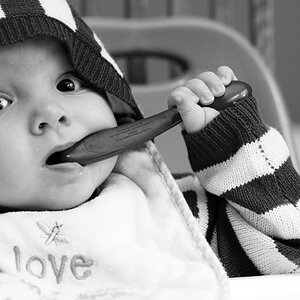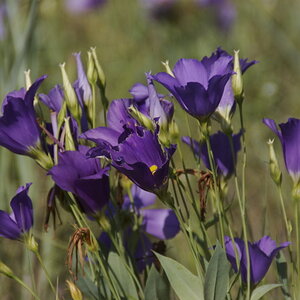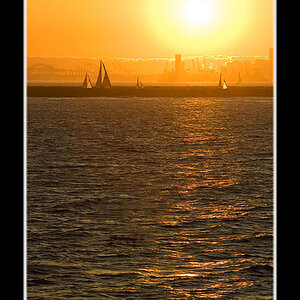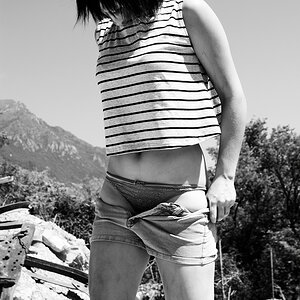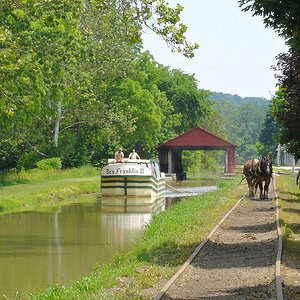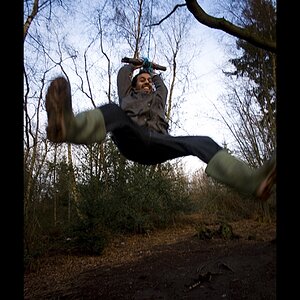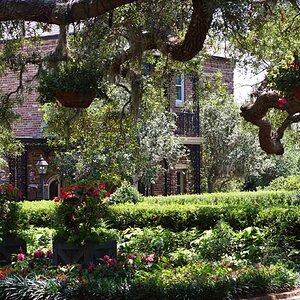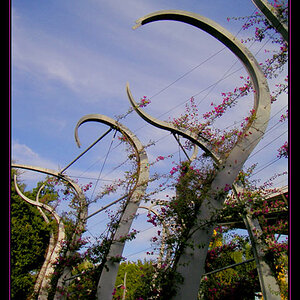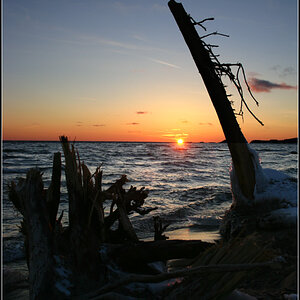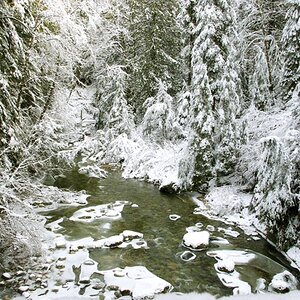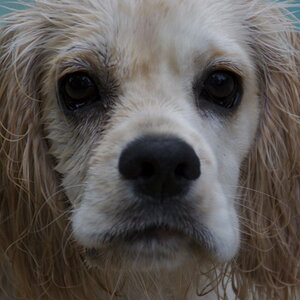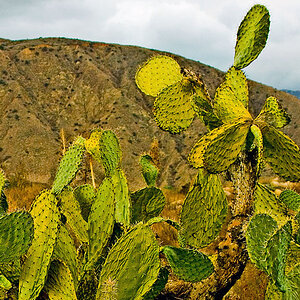adamhiram
No longer a newbie, moving up!
- Joined
- Feb 6, 2015
- Messages
- 858
- Reaction score
- 576
- Can others edit my Photos
- Photos OK to edit
Fstoppers: Using Speedlights Versus Monolights for Location Portraits
For anyone starting out with studio lighting and off camera flash, I found this article to be a nice validation that you can do a lot with speedlights in all but the most challenging situations. I am by no means an expert in studio lighting, but I really haven't felt limited using speedlights for smaller/shorter shoots. They are very inexpensive at $65 each (Godox TT600), easier to transport, and can be used in many modifiers when mounted in an S-type adapter. It's also helpful that they use standard AA batteries, so keeping a bag full of spare Eneloops isn't a big deal, and there are no concerns with being unable to get replacement proprietary LiIon batteries in the future when a MoC company decides to stop making this product line.
The only limitations I've experienced are wanting more power in very large modifiers, and faster cycle times when shooting at full power. As a Nikon shooter I don't have any f/1.2 lenses, and finding open shade is easier than trying to overpower the sun in bright daylight, so I haven't had the other issues mentioned. This related article makes a great point that shooting all day with smaller battery powered lights likely means burning through a lot of batteries, but to be honest I rarely shoot for more than an hour straight anyway.
For anyone starting out with studio lighting and off camera flash, I found this article to be a nice validation that you can do a lot with speedlights in all but the most challenging situations. I am by no means an expert in studio lighting, but I really haven't felt limited using speedlights for smaller/shorter shoots. They are very inexpensive at $65 each (Godox TT600), easier to transport, and can be used in many modifiers when mounted in an S-type adapter. It's also helpful that they use standard AA batteries, so keeping a bag full of spare Eneloops isn't a big deal, and there are no concerns with being unable to get replacement proprietary LiIon batteries in the future when a MoC company decides to stop making this product line.
The only limitations I've experienced are wanting more power in very large modifiers, and faster cycle times when shooting at full power. As a Nikon shooter I don't have any f/1.2 lenses, and finding open shade is easier than trying to overpower the sun in bright daylight, so I haven't had the other issues mentioned. This related article makes a great point that shooting all day with smaller battery powered lights likely means burning through a lot of batteries, but to be honest I rarely shoot for more than an hour straight anyway.


 )
)